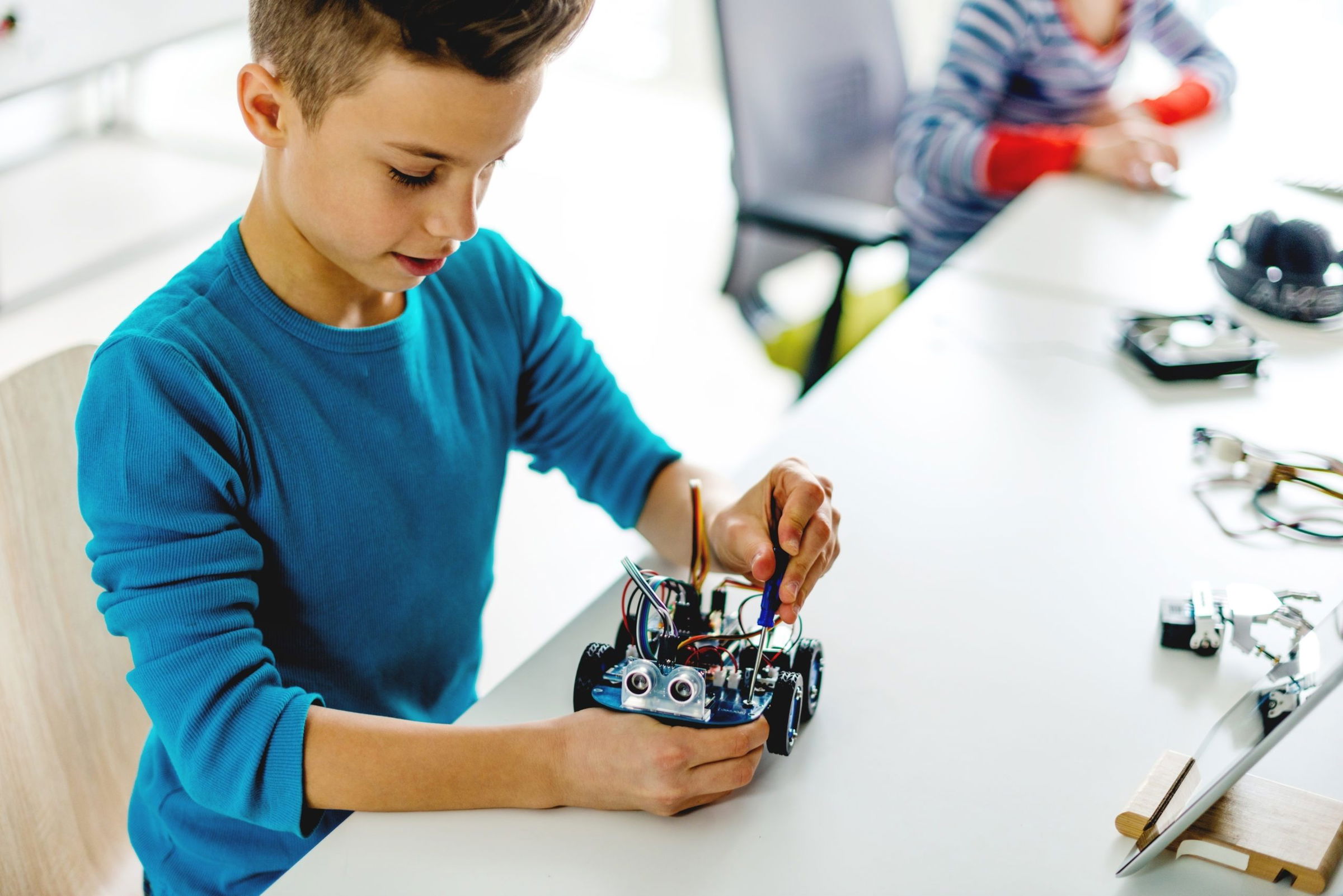Last updated on July 15th, 2021 at 08:51 am
Artificial intelligence (AI) has to transform almost every industry we can imagine, and industrial robotics is no different. The powerful combination of robotics and artificial intelligence or machine learning opens the door to completely new automation possibilities.
Artificial intelligence courses and machine learning are currently only used to a limited extent and are increasing the capabilities of industrial robot systems. We have not yet reached the full potential of robotics and machine learning, but the current applications are very promising.
4 Basics of Artificial Intelligence and Machine Learning in Robotics
There are four areas of robotic processes that influence AI and machine learning to make today’s applications more efficient and profitable. The scope of AI in robotics includes:
Vision – AI helps robots see elements they’ve never seen before and see objects in greater detail.
Reaching – Robots also capture objects they’ve never seen before using AI and machine learning to help them determine the best position and orientation to pick up objects.
Motion Control – Machine Learning helps robots interact dynamically and avoid obstacles to maintain productivity.
Data – AI and machine learning help robots understand physical and logistical data models in order to be active and act accordingly.
AI and machine learning are still in their early stages for robotic applications, but they are already having an important impact.
Two types of applications for industrial robots using artificial intelligence and machine learning
Supply chain and logistics applications see some of the first implementations of AI and machine learning in robotics.
In one example, a robotic arm is responsible for handling frozen food crates that are closed cold. Frost causes the shape of objects to change – the robot not only displays different parts from time to time, but also constantly displays parts of different shapes. AI helps robots to recognize and capture these objects even though they are different shapes.
Another great example of machine learning is selecting and storing over 90,000 types of parts. This number of types of parts would be useless without machine learning, but now engineers can regularly send images of new parts to the robot, and the robot can then successfully capture those parts.
AI and machine learning will have a transformative impact on industrial robots. While these technologies are still in their infancy, they will continue to push the boundaries of what is possible with industrial robotic automation for decades to come.

